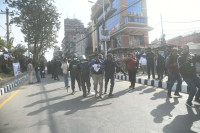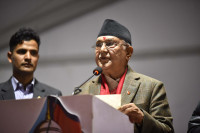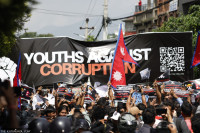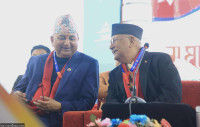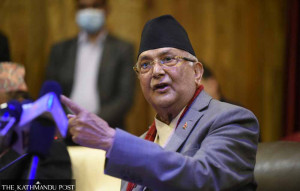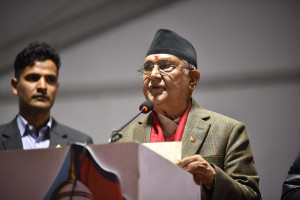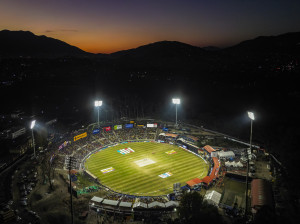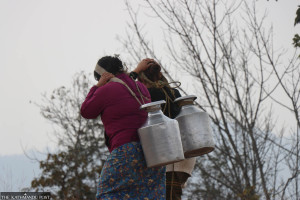Editorial
Complicated courtship
Media and civil society will have to be vigilant to keep govt with two-thirds majority on its toes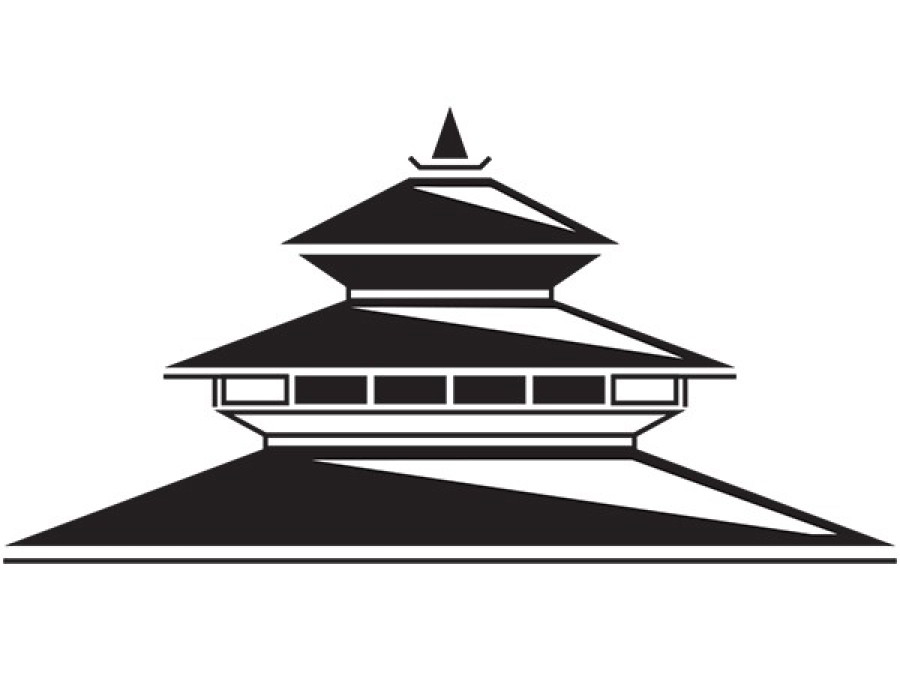
Negotiations between the Left Alliance and the Upendra Yadav-led Sanghiya Samajwadi Forum Nepal (SSF-N) over the latter’s entry into the government are nearing completion. If they do work out, it will mark a remarkable achievement for the CPN-UML and the CPN-Maoist Centre (CPN-MC). Since the restoration of democracy in 1990, this will be the first time that a government will have a two-thirds majority in parliament. By themselves, the UML and CPN-MC together are just 10 seats short of a two-thirds majority. The SSF-N has 16.
Together, the UML, CPN-MC and the SSF-N will form the most formidable political force ever seen in Nepal’s democratic history, with the ability to even sign major international treaties and amend the constitution—as the coalition deems fit.
This looks set to usher in an era of political stability that has eluded us since multiparty democracy was restored. But there is a danger that such a government could take an autocratic turn. Power corrupts and absolute power corrupts absolutely. We are not saying the new government has already shown that it is going that way but we are most certainly urging democratic vigilance.
Media and civil society will have a great role to play, especially because the main opposition party seems to be in shambles after the drubbing they received during elections. Furthermore, if the left alliance agrees to address Madhesi demands, this could go a long way towards resolving the problem in the Madhes. After all, there are few parties that have as much credibility among the Madhesi population as the SSF-N. If someone like Oli (whose support base in Madhes is comparatively narrower) manages to strike a deal on constitutional amendment with Upendra Yadav, it would lead over time to a major shift in the public mood in the Tarai.
On the surface, how the UML and the SSF-N could even come together might appear puzzling. After all, they have had disputes for a long time. Their relationship has been particularly bad since the time of the promulgation of the new constitution in 2015. But it has to be recognised that the recent elections significantly changed the political environment and thus Yadav’s calculations in approaching the UML and MC. Like many others, the SSF-N realises that the left alliance is now here to stay and it would be wiser to work with them, rather than keep away from them. Besides, for Upendra Yadav and others in his party, it is of paramount importance to gain access to government. They probably feel that the party will suffer greatly if they are excluded from the spoils of power, possibly for the next five years.
So far, details on the agreement with the left alliance have been scanty. Nonetheless, it does appear that major revisions to federal boundaries as demanded by Madhesi parties will not be on the cards. The SSF-N needs to communicate and convince its constituencies in the Tarai that the agreement that it is signing will be of benefit to the Madhesi population. In any case, the interests of all Nepalis will be better served with the media and civil society keeping a watchful eye on the plans, or machinations, of the new ‘supermajority’ government.




 10.12°C Kathmandu
10.12°C Kathmandu